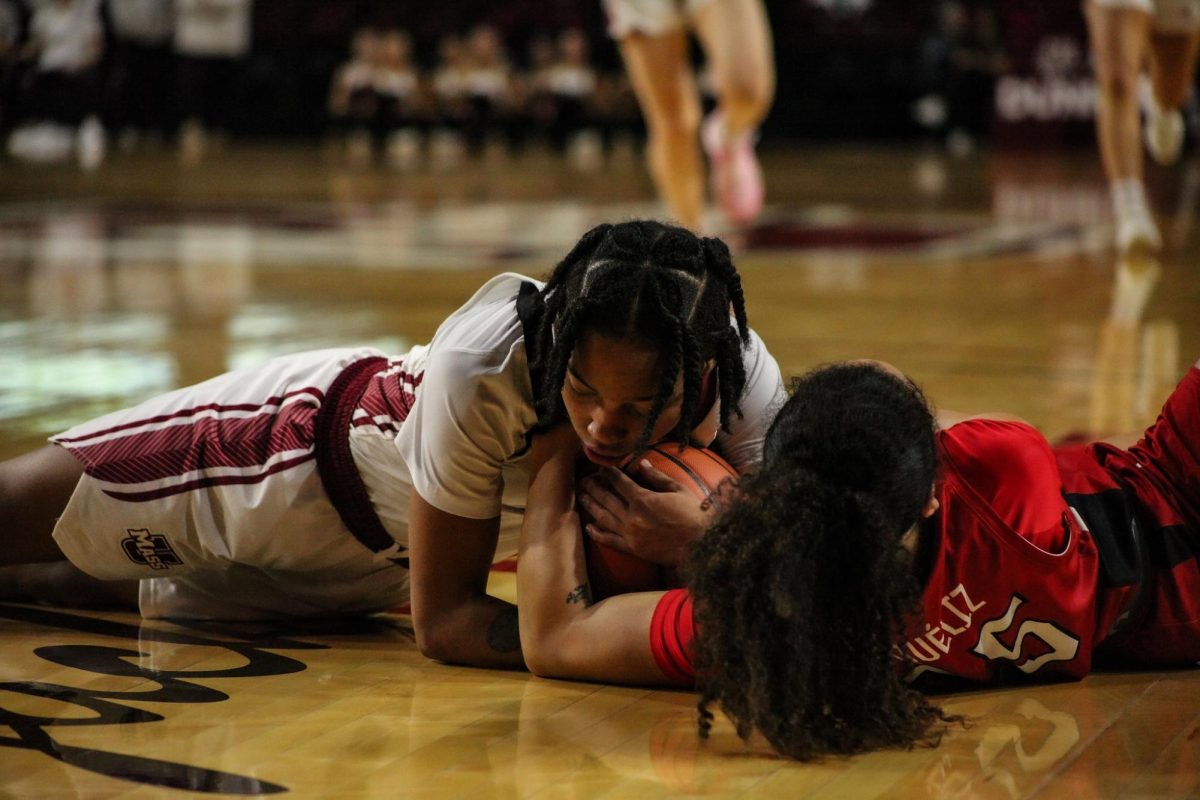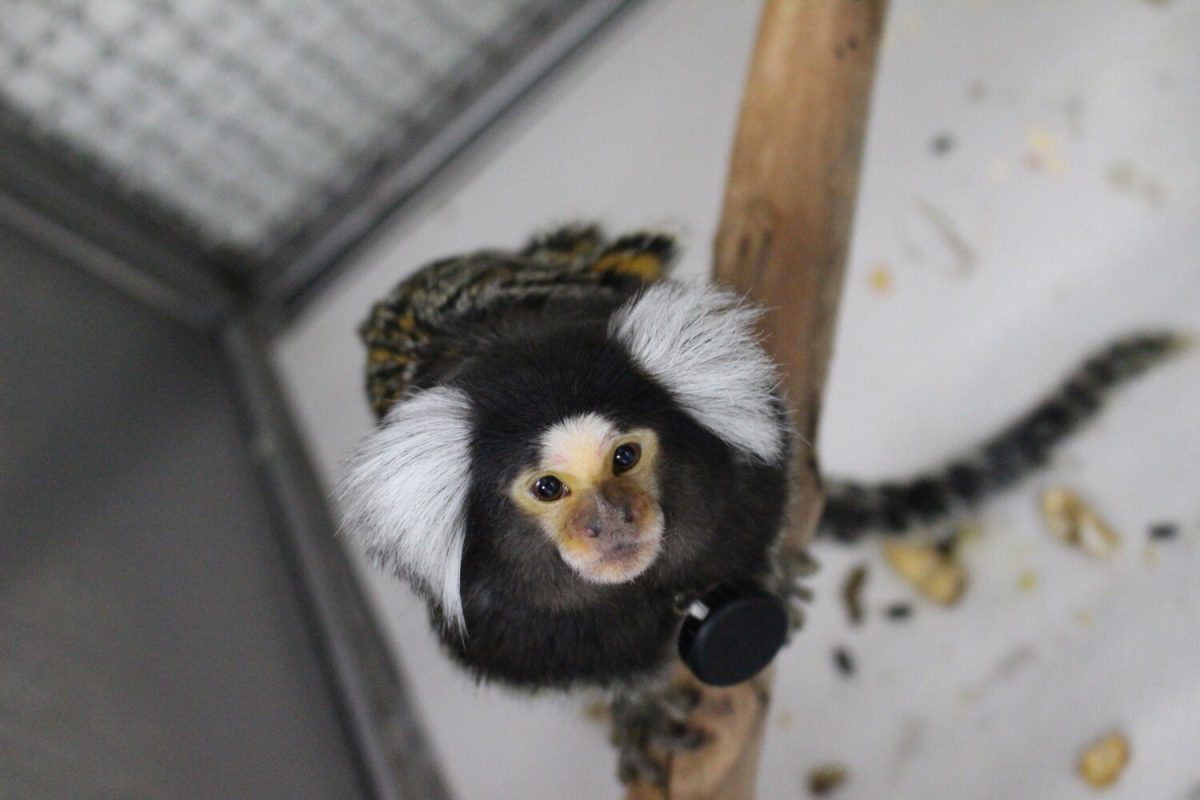Tall buildings on campus pose an increasing threat to birds on campus. On Nov. 8, Dr. Daniel Klem Jr., professor of ornithology and conservation biology at Muhlenberg College, spoke to students, faculty and community members at John W. Olver Design Building on how to reduce bird fatalities. The event was arranged by the Department of Environmental Conservation.
Klem Jr., environmentalist, humanitarian and industrialist, has been the Sarkis Acopian professor of ornithology and conservation biology at Muhlenberg College since 1979. Klem is also the author of “Solid Air: Invisible Killer – Saving Billions of Birds from Windows,” connecting the problem between clear windows and bird fatalities. He also wrote for The Wilson Journal of Ornithology, focusing on evidence, consequences and angle of strike of bird-window collisions.
In the report, Klem, Peter Saenger and Brandon Brogle ran experiments on the fates that birds suffer after striking a window. The experimental group placed windows in similar orientations, at different angles, random heights, and continued changing configurations for days. The control group had normally positioned windows.
According to the report, “The recorded near-perpendicular and perpendicular strikes were 28 times more frequent than the glancing blow strikes in the control window results.”
Certain species of birds had different reactions to the collisions according to the report.
Despite the extensive research, Klem conveyed his annoyance that people don’t often pay attention to the events. “They don’t hear that [birds collide with windows] on the national news, but you hear about oil spills all the time.”
Klem explained his ideas to save the birds and assist architects as a part of the American Institute of Architects.
“I’m not interested in drawing attention to the sort of uncomplimentary aspects of the use of glass and the designs that the architects are putting it in,” Klem said. “I would be pitching the idea that we should be working together. We should use their creativity to try to make the building environment safer rather than talking about the tragedies that are occurring.”
He shares ideas on how to keep the windows aesthetically pleasing while dwindling the number of bird strikes. For example, at Niagara Falls, an observatory tower has strikes in the windows, creating textured lines. Beforehand, it was a normal clear glass, what Klem called “a slaughterhouse.” The lines would show up for the birds and reduce collisions.
“You need to transform the window, whether it’s reflected, whether it’s clear, into a barrier that birds will see,” Klem said. “You need to do that by having patterning, which I call the elements that make up the pattern. It could be stripes, it could be dots, it could be diamonds, it could be birds themselves, it could be branches.”
The images of birds or branches can be replicated on the windows, just like the perforated films on buses. These patterns, according to Audubon, mitigates heat, harnesses solar energy and deters birds.
Acid or fret etching are also solutions, Klem said. Acid etching uses different types of acid, depending on the material, to etch lines into the surface. For glass, it’s hydrofluoric acid. Fret etching is a technique that uses a laser cutter to create fretboard slots in the glass.
“[Acid etching] allows the same amount of light that a clear window would have, there’s no absorption. But fret does absorb a little and for that, it’s easier to make, it’s cheaper to make.”
Another solution is bird tape, which is tape you place on windows in a pattern, so the bird can see the barrier and not fly near the window.
Klem said that a coworker with shared interests called to regretfully inform him that he would likely be long dead before anyone took meaningful action.
“My window is closing, so this is my plea to get each and every one of you passionate enough to carry on and save the birds,” Klem said. “They need it.”
Kylie Slattery can be reached at [email protected].



















